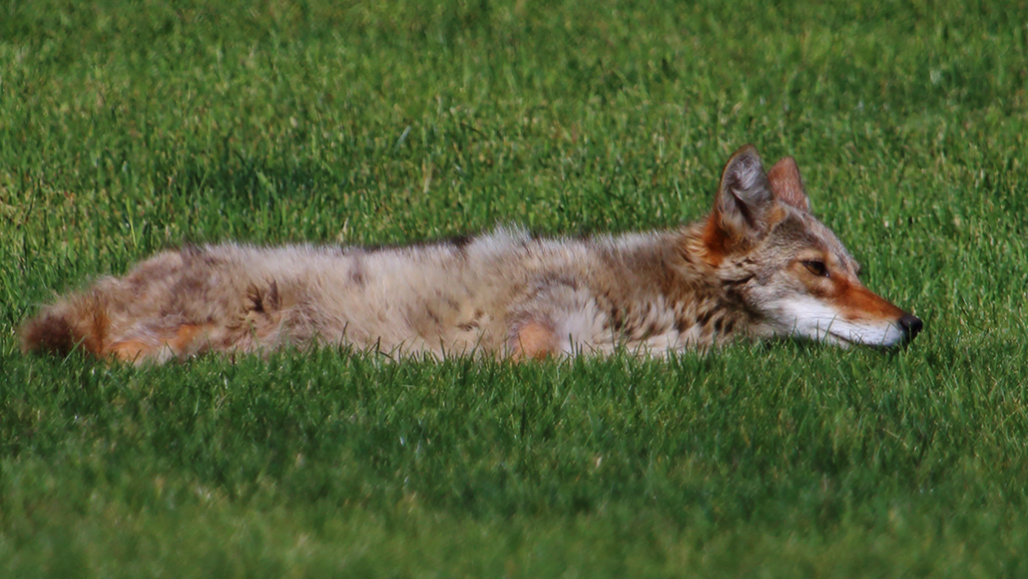Questions for ‘Are coyotes moving into your neighborhood?’

Coyotes thrive in cities. Seen in Denver, Colo., this one is lounging on a lawn in City Park.
tami1120/iStock/Getty Images Plus

Coyotes thrive in cities. Seen in Denver, Colo., this one is lounging on a lawn in City Park.
tami1120/iStock/Getty Images Plus